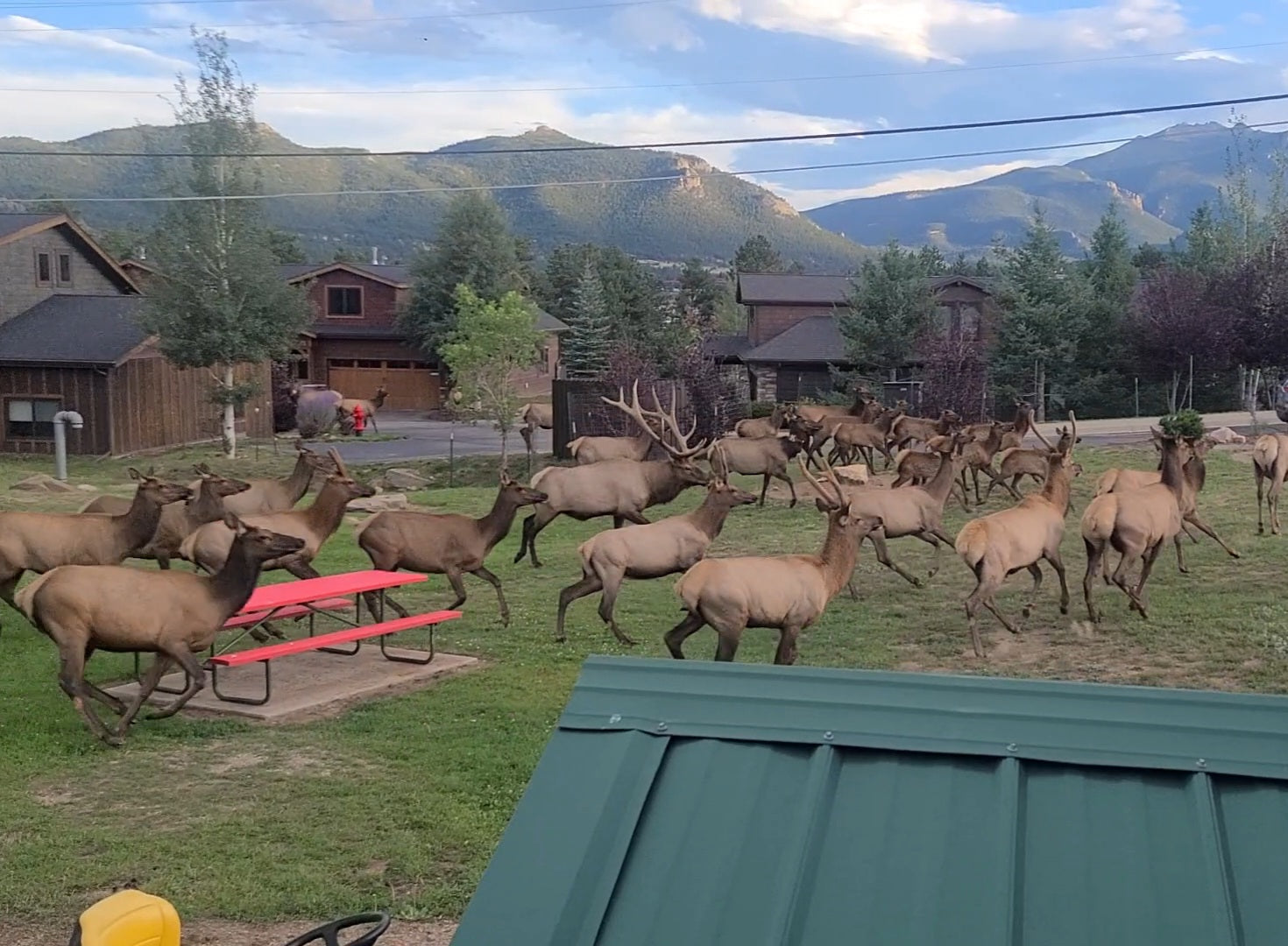Western Hunting
A voice and representation for Midwest hunters in western states. Balancing quality hunting opportunities with accessible costs where demand is high and consumptive use resources are limited.
Identifying limitations on the landscapes we hunt so we can better advocate for and see the implementation of root cause solutions rather than seeing band-aid reductions to non-resident tag allocation with continually increased cost of available tags. Limiting non-resident opportunities where there is the potential to address foundational resource constraints is not a long-term solution and often does little to address the on-the-ground concerns of resident hunters.

Need to know - Unit Specific
*Resident and non-resident participation and harvest data on: DIY Public Land, DIY Private Land, Guided Public Land, Guided Private Land
*Landscape use of big game species during active hunting seasons. Time spent on foot accessible land open to public hunting vs strictly private land (includes non-hunting, leased, personal use, and paid outfitting properties)

Big Game not Available for Pursuit:
> Not present on landscape
> Concentrated on private land. Even low to moderate hunting pressure can quickly push big game onto inaccessible land. In general, wildlife often prefers private land due to higher quality habitat, better food sources, and water availability.
> Predation. Lower game populations below hunter demand
>Conflict between hunters. Consumptive use is inherently competitive. Simply seeing other hunters takes away from the experience for many.
>Conflicting land use

Addressing Private Land Limitations
- Understand the rights associated with owning private land in relation to the existence of publicly owned wildlife.
- Incentivize public hunting access. Direct payments, property improvements, tax reductions, ect.
- Address access issues associated with a checkerboard landscape. Over 6.3 million acres of corner-locked public land.